Evie Briar is a junior and the Sports Editor for the Fishers Tiger Times. Her views do not necessarily reflect those of the newspaper.
The death of traditional animation was inevitable. With limited possibilities, longer production times and less room for mistakes, continuing the practice of 2D animation seems almost pointless, giving audiences a less visually appealing final product with more bounds for their animation team. The beautiful, animated films of the past will forever be lost to time while we are now forced to watch cheap and heartless CGI films. That is what many animation fans choose to believe based on the departure of Cel animation. But is the ‘Golden Age of Animation’ truly gone forever? Maybe not.
In 1934, the Walt Disney Company created Snow White and the Seven Dwarfs, an achievement that created the basis of the animated movie industry in America. The movie was the first of many hand-drawn, 2D animated, feature-length films released by the company. With revolutionary techniques, such as the use of multiplane cameras and Cel animation juxtaposed with photocopying, Disney and many other companies streamlined animation and gave artists more freedom with their format than they had ever had.
Cel (or celluloid) animation describes the now-antiquated process that was commonplace in the 1950s-1960s for animation. Cel animation, according to Adobe.com, needed “heaps of resources. With every frame drawn by hand, productions would need lots of animators.”
However, the 1990s represented the birth of the digital computer, and the figurative nail in the coffin for Cel animation.
In 1995, a then independent company released a Snow White of their own, Toy Story. This was the first major CGI film and, while it is not as beautiful as some of the Cel animation, it was a technological marvel at its time.
According to its Wikipedia page, Toy Story grossed $3.3 billion worldwide. However, Disney’s 1995 film Pocahontas (a traditionally animated movie) only grossed $346 million. This deficit demanded a change by almost every major animation studio in America. These 3D movies were both more successful and drew in larger audiences because of their technological aspects. Not only was this format more appealing to audiences, but it meant more freedom for animators.
“What happens in hand-drawn is that you have the incredible hand of the artist, but also limitations in what you could do on screen,” Walt Disney Animation Studios Chief Creative Officer Jennifer Lee said to IGN. “What happened in CG is you’d have incredible, boundless opportunities, visually, that elevated it — even to the point for some — into realism, which is not what we wanted to do. The more important thing to us was to have a way to find technology that can do everything. Connect to the true vision of the artist, but bring in technology that could finally take away limitations.”
Disney and the animation industry were quick to run with this. After all, CGI seemed to fix every problem they faced with traditional animation. CGI animation was a shiny new toy to the mainstream film viewer, and people from all around the globe were rushing in to see revolutionary technology. It appealed to the audience’s craving for realism and dynamic cinematography (which they were used to from live-action films), while still maintaining the charm they had grown to expect from a Disney animation motion picture. Along with this, 3D animation took significantly less time, less artists were needed to complete the projects and the technology and software used became increasingly cheaper over time. 3D animation was undeniably the most profitable and desired form of animation.
Until it was not profitable.
Specifically, it was not profitable for Disney. The studio’s most recent release, Wish (2023), which was advertised as a blend of both CGI and traditional animation as a nod to Disney’s animated roots. However, audiences seemed almost repulsed at the film, causing it to make only $244 million, according to Variety. With a budget of $200 million, the movie barely turned a profit.
“On one level, the total artistic failure of Wish is reassuring because it shows there are occasions when vast amounts of money and supposed expertise really don’t make a difference,” “Top Critic” Jake Wilson posted on Rotten Tomatoes.
Many viewers have speculated that Disney fans are simply tired of the 3D animated style. However, animated pictures such as Spider-Man: Across the Spider-Verse, Puss in Boots: The Last Wish and The Super Mario Bros. Movie have done comparably well.
According to their respective Wikipedia pages, Spider-Man: Across the Spider-Verse grossed $384 million with a $90 million budget. Puss in Boots: The Last Wish grossed $485 million and was the tenth highest-grossing film of 2022. The Super Mario Bros. Movie grossed $1.36 billion and broke the record for the biggest worldwide opening weekend for an animated film.
So, what did these movies do that Disney did not? They were original. Though they lacked the use of traditional animation, they had a novelty to them that had largely not been seen before. In the case of Spider-Man: Across the Spider-Verse, the movie dealt with heavy topics in a tasteful way and utilized stylistic choices to exemplify the comic book theming of the film. Columbia Pictures even took to changing the frame rate of the movie to push these ideas further.
“The filmmakers chose to drop out every second frame in the film, thereby animating Spider-Verse ‘on twos’ at the base level,” a ScreenRant article by Alix Markman said. “The decision enabled the film to create what the filmmakers describe as Spider-Verse’s ‘crunchy’ art style, bringing the comic-inspired artwork to life through longer-lasting, impactful images reminiscent of comic book panels.”
So, what does the failure of modern Walt Disney Animation Studios and the rise of unique and original animated motion pictures mean for traditional animation? Exclusively good things. The current trends in the animation industry are pointing towards a rebirth of animation. Dull and lifeless CGI animation has found itself at a dead end and a new era of creativity is beginning to show through. Audiences are beginning to favor original stories and innovative art rather than the technology they have slowly become used to. In a large part, 2D still really does not have its place in American film and that is not necessarily a bad thing. Large companies are seemingly trending down a path of beautiful and creative styles of CGI which gives the animators themselves more space to fully express their ideas. However, 2D is not lost to time entirely.
Online independent animations such as Hullabaloo, a showcase of 2D animation created by James Lopez and Rick Farmiloe. This breaks up the film into multiple parts and is publicly funded to, according to the website, “save 2D animation from an untimely demise.” Also, major motion pictures such as The Boy and the Heron, a 2023 Japanese film directed by Hayao Miyazaki, are still being readily produced in other countries.
While traditional animation may not be feasible large-scale any time soon, that does not mean the death of animation. In fact, this trend of changing the style and playing with the bounds of what a CGI animation can be may just start a renaissance of its own.


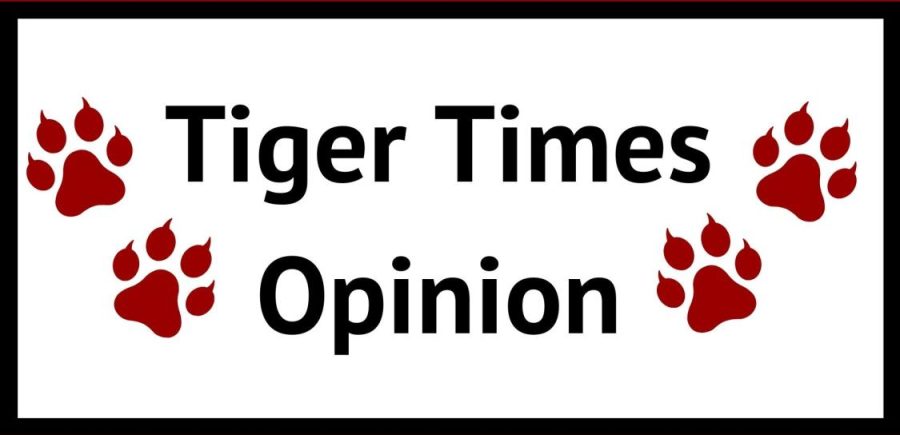
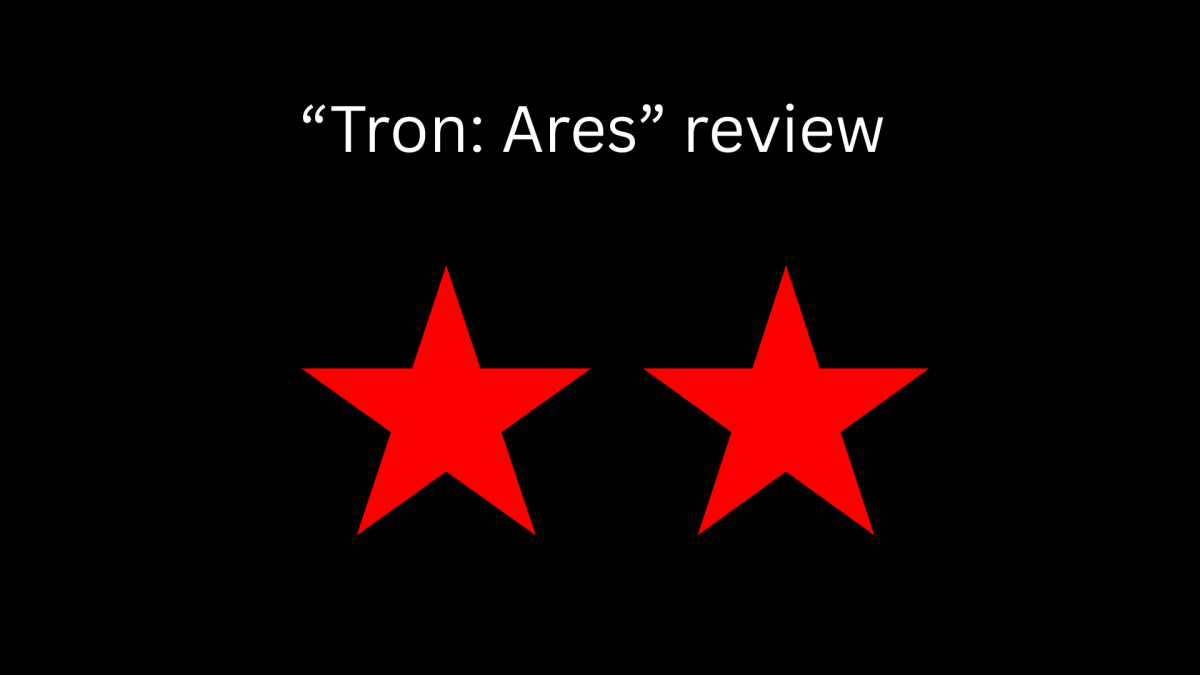
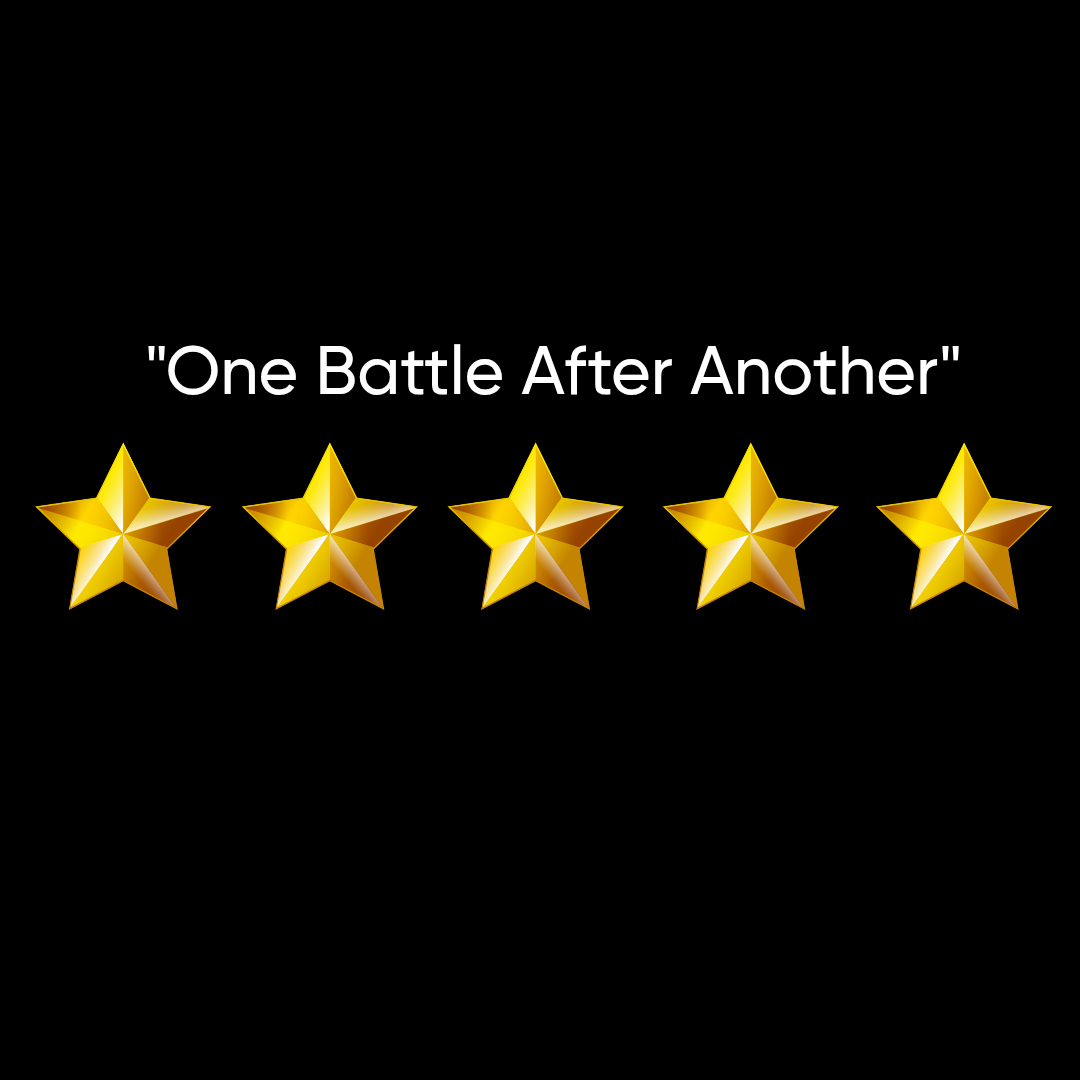
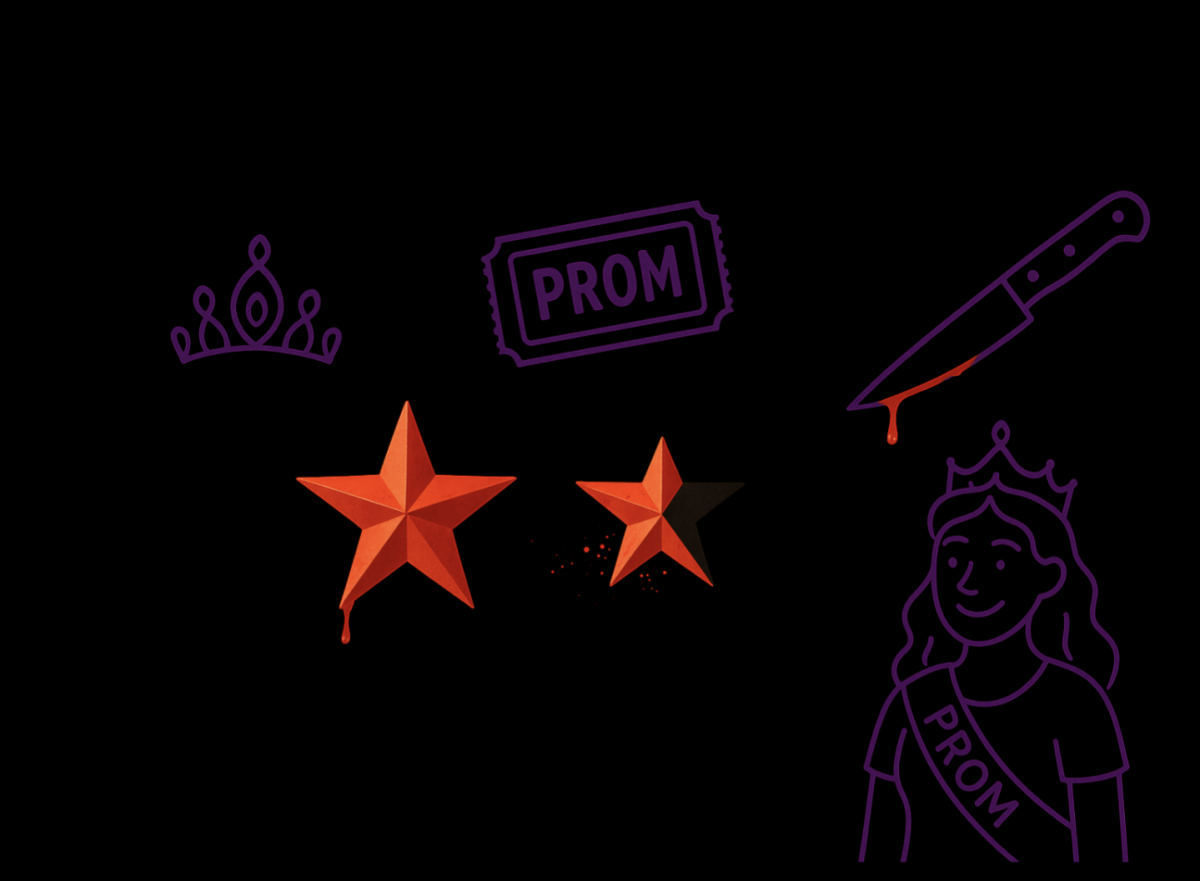

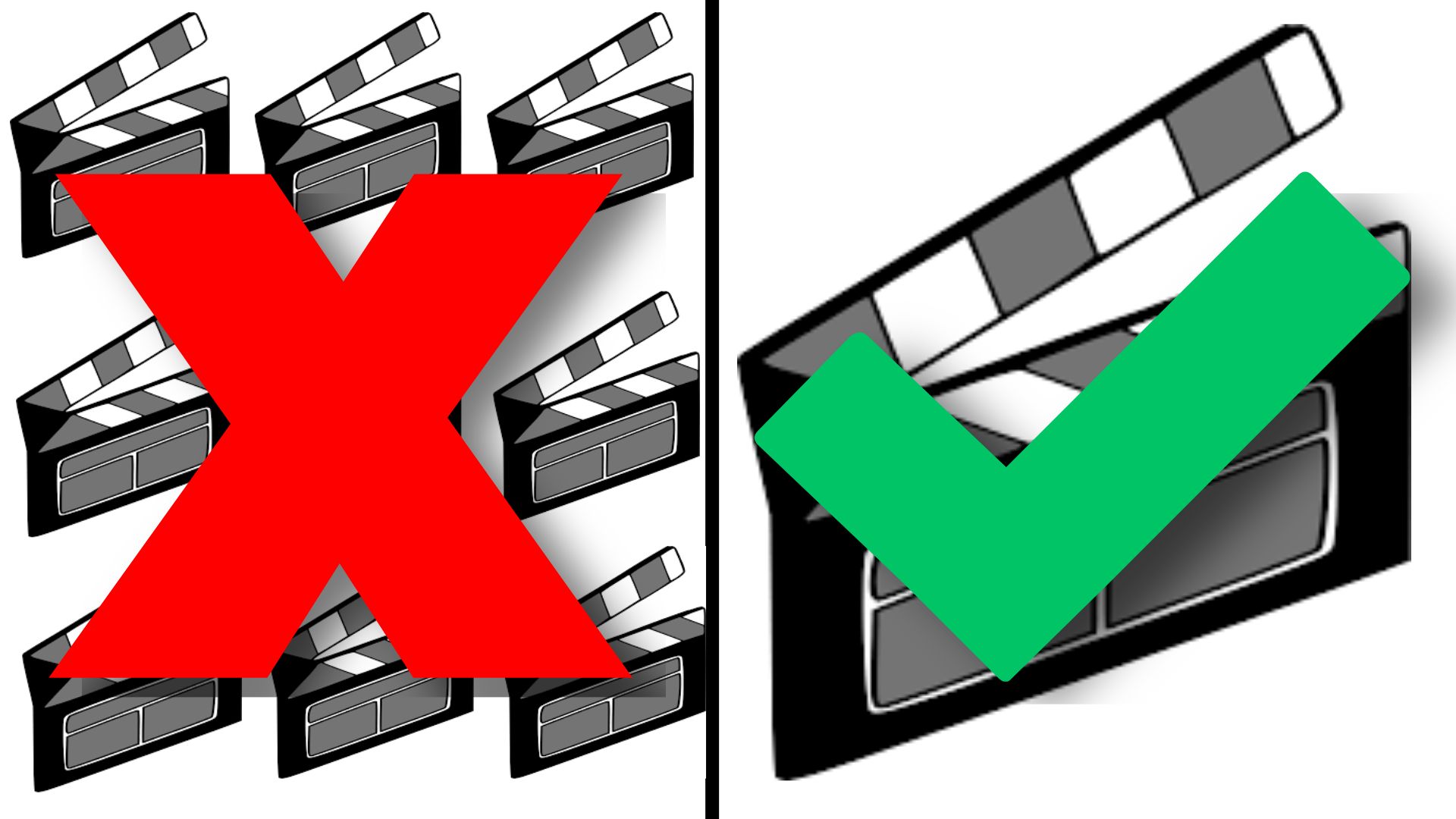
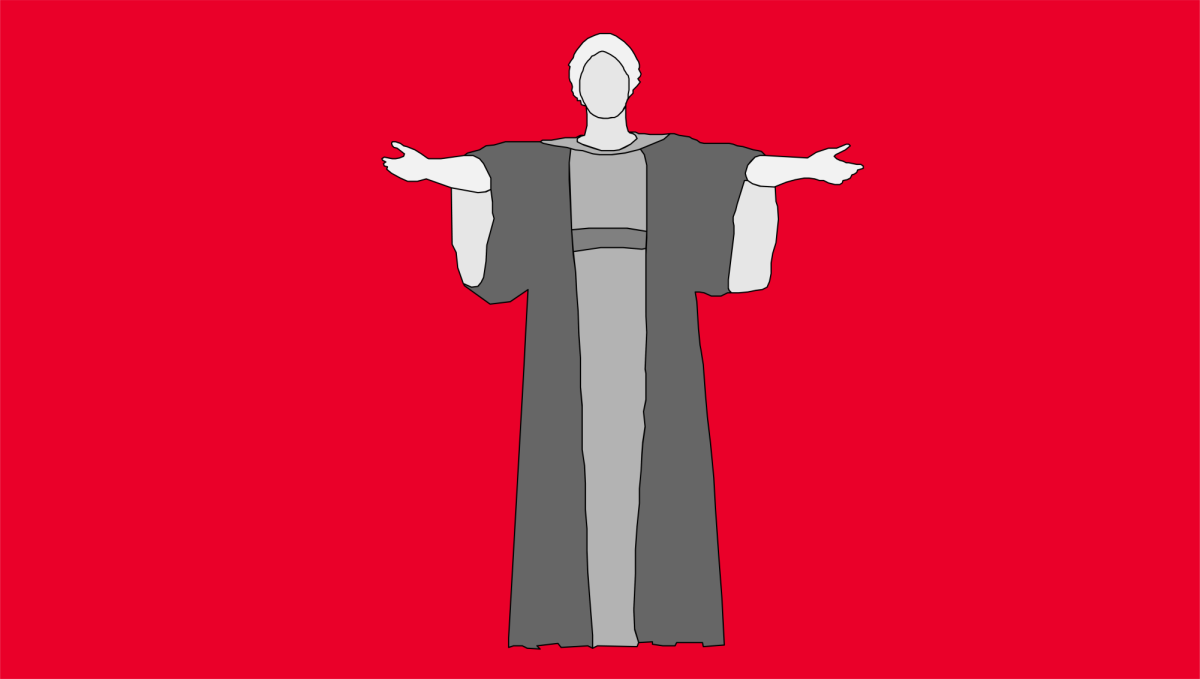



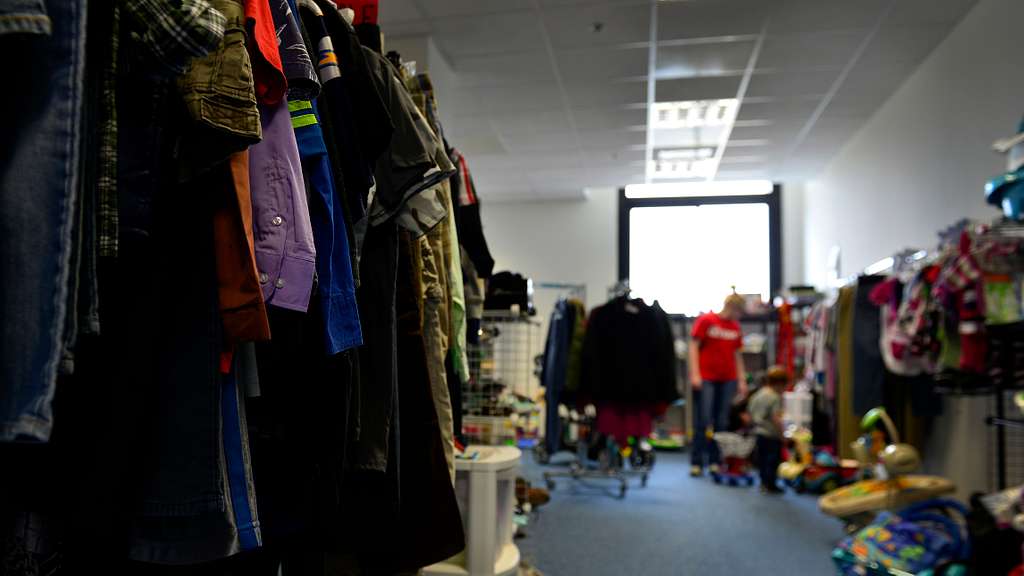



Gretchen • Feb 16, 2024 at 11:33 am
This was wonderfully written! And very real! I loved Spiderman:)